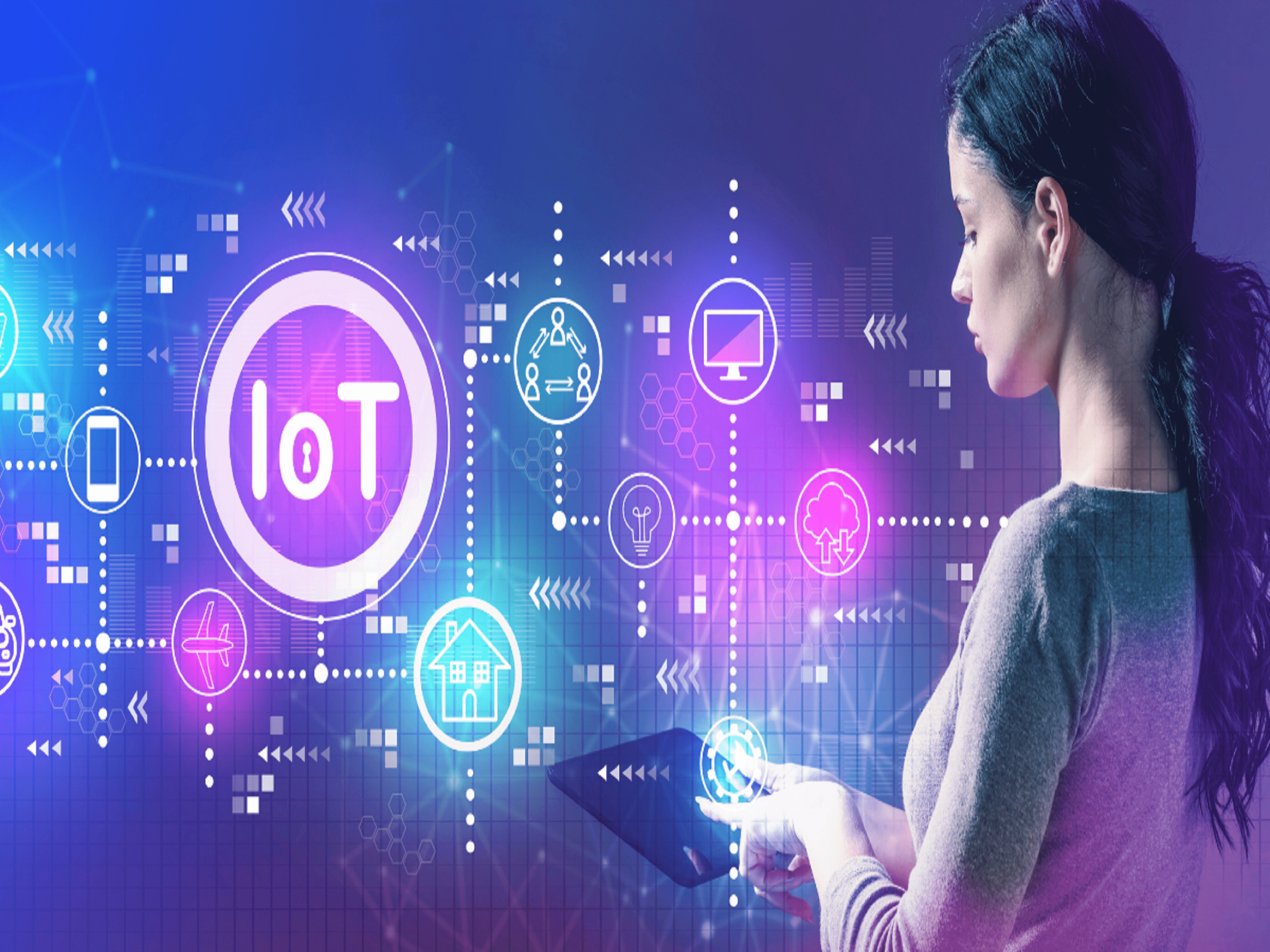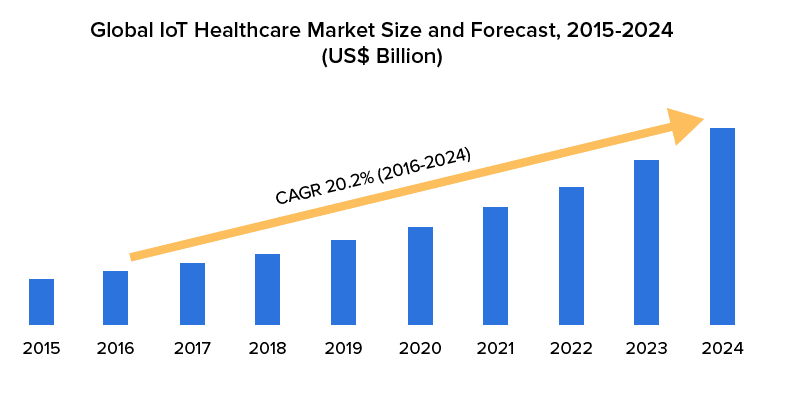

January 1, 2023
IoT technology is a great technological mode of operation within healthcare as it improves communication between health practitioners and patients through remote access to healthcare.
As technological methods bring drastic changes in the outlook of the social setup, the world is ready to witness some great changes in the health sector which were not evident before. IoT or the Internet of Things is a technology that has helped with the provision of healthcare devices. Each IoT solution company is trying to reach the most effective level to help healthcare. IoT technology is a great technological mode of operation within healthcare as it improves communication between health practitioners and patients through remote access to healthcare. The availability of wearables and IoT solutions in the ailment of chronic diseases has helped doctors cure several diseases quite recently. Research estimates that by 2027, the market for IoT in healthcare is expected to expand from USD 60.83 billion to USD 260.75 billion.
IoT has this unique feature of analyzing, and disseminating data that places doctors and patients on the same platform. The inefficient tools and unnecessary protocols of healthcare are minimized when such technology is immersed in healthcare. Also, it has the ability to lower the costs borne by firms by decreasing the rates at which medical drugs are sold. Moreover, it effectively improves the quality of projects undertaken by doctors to enhance the viability of drugs and diagnose ailments.
The remote monitoring and access also help in tracing employees’ activities and performance. The following are examples of IoT based health and medical applications:
A cancer patient’s therapy is usually determined by factors other than his or her weight and age. Their habits and overall fitness also play a significant part in determining the best treatment approach for them. Patients’ movements, tiredness levels, hunger, and other factors are tracked using activity trackers. Furthermore, the information obtained from the tracker before and after treatment will inform healthcare experts of any changes that need to be made to the prescribed care plan. Based on research, the medical device industry is expected to increase at a 27.9% annual pace through the end of the decade, via the application of healthcare mobility solutions.

With the deep-rooted application of IoT in healthcare, patients can easily swallow sensors that are available in the form of capsules or pills. After the sensors have been digested, they provide data to a patient’s connected device or an app, which helps them, keep track of their drug doses. Most drugs aren’t taken as directed owing to human mistakes or forgetfulness. This ingestible sensor keeps track of the patient’s intake of the correct drugs at the correct times and in the right amounts. Certain orally administered sensors are also being used to help doctors detect patients with digestive problems and colon cancer more precisely.
In the medical industry, it is critical to maintaining the proper temperature. When it comes to vaccinations and drugs, healthcare institutions frequently follow the same set of rules. IoT devices also aid in the improvement of patient care. A doctor may utilize data via wearables to determine their patient’s status in real-time. And make immediate judgments about that patient. Doctors may keep track of their lab findings and receive notifications of results sooner. Medical experts’ efficiency is also substantially improved by IoT devices. They can get lab findings faster and assure the quality of their goods without having to continually maintain them.
Using effective IoT tech methods, healthcare services and mobility are improved. It automates the healthcare steps that are undergone to diagnose a disease. Also, data transfers are facilitated via AI. IoT combines with healthcare to allow insights into patient health improvement statistics as it traces down the behavior of internal organs via healthcare devices. They can also invent novel ways of treating patients across several healthcare professions.
As healthcare costs climb, insurance companies are increasingly shifting to outcomes-based compensation for providers. Physicians must demonstrate that they are assisting their patients in improving their health to get rewarded for their services.
Hospitals have been able to save money by discharging patients early. When home monitoring is a feasible option for inpatient recovery stays by assigning their wearable devices for remote access. Increasing the usage of IoT application devices connected to inpatient care would help the healthcare sector save money and enhance patient outcomes.